The proposals of the two prime ministers of Vietnam and China at the talks on October 13 and the documents exchanged afterwards are expected to help Vietnamese goods, especially agricultural products, penetrate deeper into the billion-people market.
Prime Minister Pham Minh Chinh and Chinese Prime Minister Li Qiang met with students, the young generation of Vietnam welcomed the two on October 13 - Photo: DANH KHANG
Enhanced transport connectivity
Recently, cooperation in transport connectivity, including railways between Vietnam and China, has become more active again. Notably, the project of three railway lines connecting Northern Vietnam with China is Lao Cai - Hanoi - Hai Phong, Lang Son - Hanoi and Mong Cai - Ha Long - Hai Phong. At the meeting on October 13, Prime Minister Pham Minh Chinh suggested that the two sides continue to coordinate effectively in implementing signed documents on railway cooperation and cooperate in developing the modern railway industry. Specifically, he suggested that China provide preferential loans, transfer technology, and support Vietnam in training human resources to deploy the three standard gauge railway lines mentioned above. To facilitate trade between the two countries, Prime Minister Pham Minh Chinh also said that it is necessary to improve customs clearance efficiency at border gates and promote upgrading "soft connections" on smart customs. In addition, it is necessary to actively coordinate research and propose new models to implement economic cooperation across the Vietnam-China border. Approving and appreciating the cooperation proposals of Prime Minister Pham Minh Chinh, Prime Minister Li Qiang affirmed that China will continue to further open its market to Vietnamese goods, especially high-quality agricultural and aquatic products and fruits, and coordinate to create favorable conditions for quarantine, customs clearance of goods as well as resolve policy problems. Mr. Li also suggested that the two sides strengthen strategic connectivity, especially in transport infrastructure; promote cooperation in economics, trade, investment, especially in the fields of production, manufacturing, agriculture, and cooperation in maintaining supply chains and production chains.Benefits for both countries and the region
Countries like Vietnam, according to The Economist, are attractive to Chinese railway companies because their national railway system is almost complete and modern. Most of the 10 documents exchanged on October 13 under the witness of the two prime ministers were in the field of "hard connection" and "soft connection" between the two economies. There are two notable documents in railway cooperation: the memorandum of understanding (MoU) on the technical plan for the railway connection between Lao Cai station (Vietnam) and Ha Khau Bac station (China); the minutes of the field survey to study the feasibility of the aid project to plan the standard gauge railway lines Dong Dang - Hanoi and Mong Cai - Ha Long - Hai Phong. These two MoUs are concrete evidence for the previous assessment of the two prime ministers at the talks that the strategic connection between the two countries, especially traffic connection, has been accelerated in recent times. At the same time, these MoUs are expected to promote the removal of obstacles and increase the transport of goods between the two countries in the coming time. Since the first intermodal railway line was put into operation in 2017, Vietnam and China have had three international intermodal railway lines. However, due to infrastructure difficulties, especially differences in railway gauges, transportation has not met demand. The benefits are two-way. For Vietnam, it is an opportunity to upgrade railway infrastructure, paving the way for goods, especially agricultural products, to enter the Chinese market faster and at lower costs. On the other hand, according to The Economist, improving freight transport will benefit Chinese companies moving factories to Vietnam and Southeast Asia. For example, electronic components from China can be supplied promptly to electronic assembly plants in Vietnam. Goods from southern Chinese provinces will also be transported to the coastal city of Hai Phong, from there radiating to the world at a lower cost and time because Hai Phong's ports are much closer to these provinces than those in eastern China."Soft connections" to increase transportation efficiency
Also in Hanoi on October 13, Prime Minister Pham Minh Chinh and Chinese Premier Li Qiang witnessed the signing of a Memorandum of Understanding (MoU) to establish a working group to study a model for building a cross-border economic cooperation zone between Vietnam and China; an action plan between the customs of the two sides after the agreement to recognize each other as "priority enterprises" and a Memorandum of Understanding (MoU) on implementing cross-border payment services via QR codes between Vietnam and China. These are documents that contribute to increasing the "soft connection" between the two economies, and together with the "hard connection" of railways, to increase the efficiency of transporting goods between the two countries, especially agricultural products, electronic components, and mechanical equipment for production and consumption in the coming time.Tuoitre.vn
Source: https://tuoitre.vn/hang-viet-se-tien-sau-hon-vao-trung-quoc-20241013215223256.htm

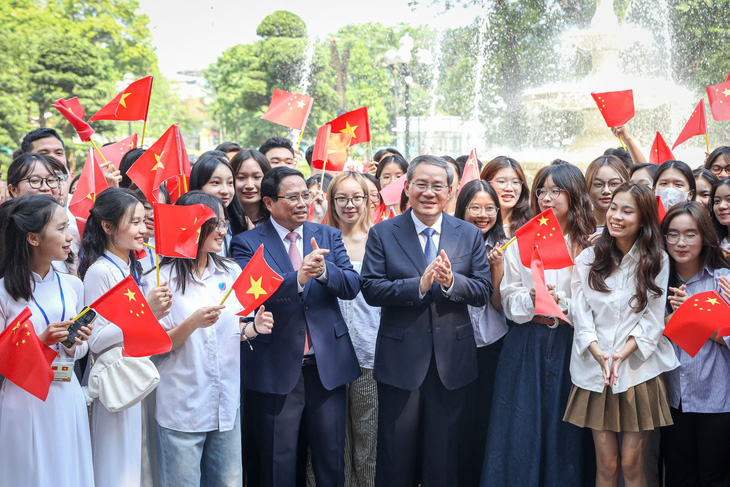



![[Photo] Prime Minister Pham Minh Chinh chairs conference on anti-smuggling, trade fraud, and counterfeit goods](https://vphoto.vietnam.vn/thumb/1200x675/vietnam/resource/IMAGE/2025/5/14/6cd67667e99e4248b7d4f587fd21e37c)




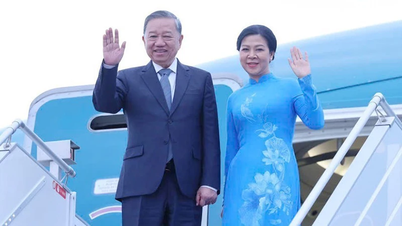

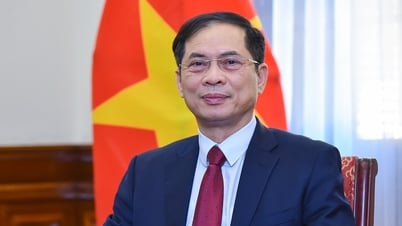

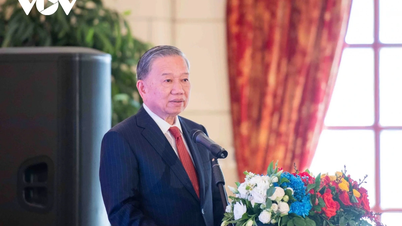

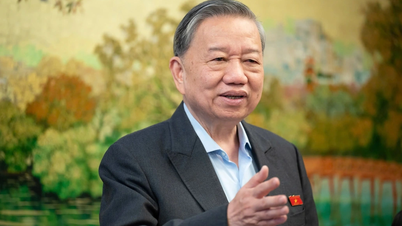

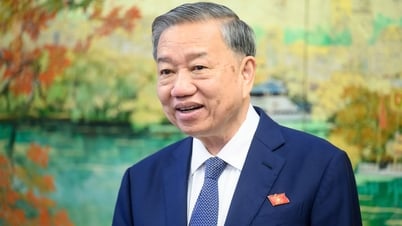

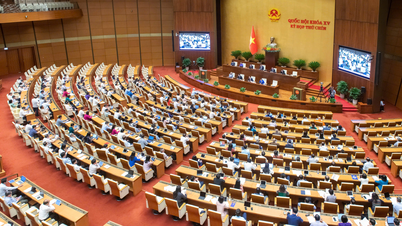


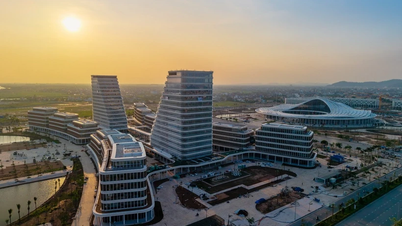

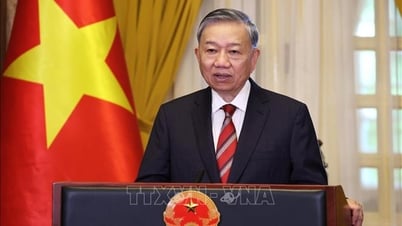

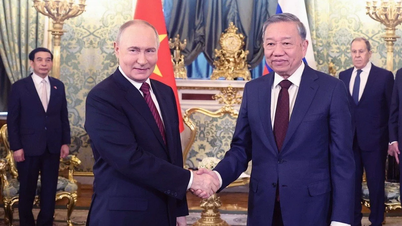







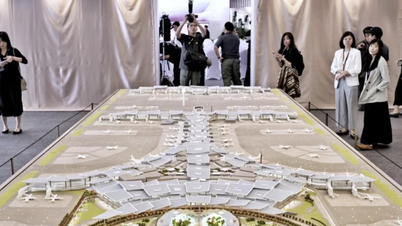
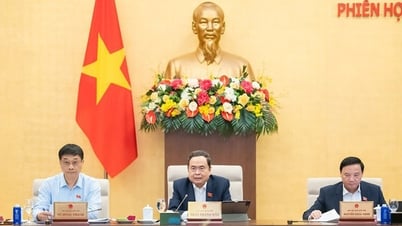

















































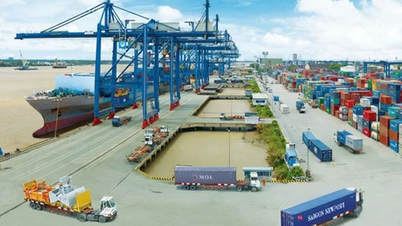

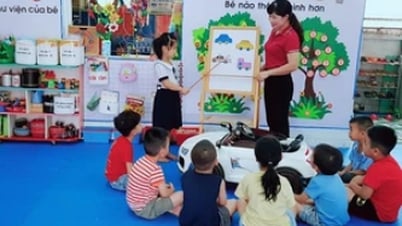









Comment (0)